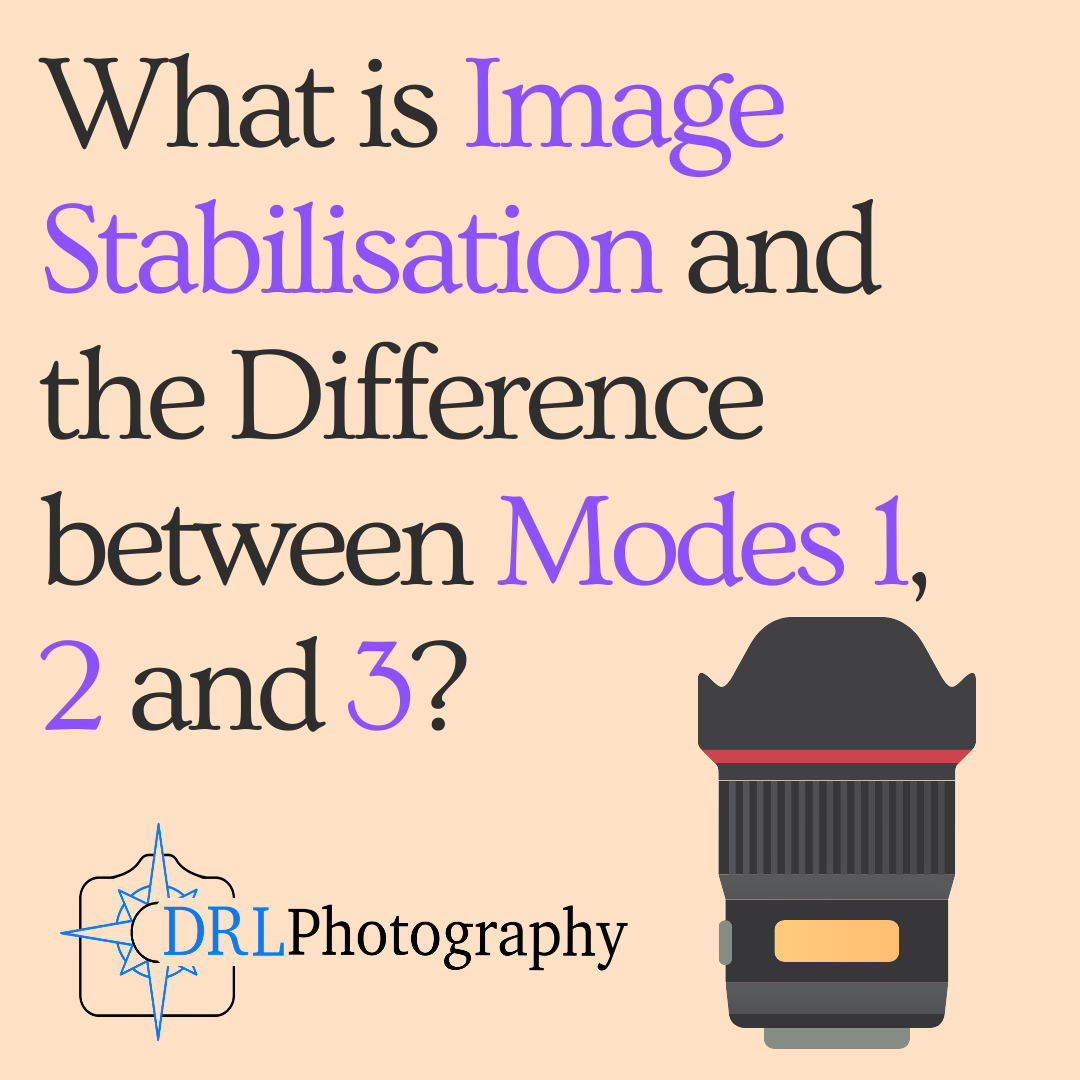Story Behind the Photo: Rim Lit Osprey
DRL Photography is a participant in the Amazon EU Associates Program, an affiliate advertising program designed to provide a means for sites to earn advertising fees by advertising and linking to Amazon.co.uk
Over the summer of 2019 I spent hundreds of hours photographing ospreys diving for fish in the hides set up by the Rothiemurchus Fishery. It was an amazing experience and if you ever have the chance, you should really give it a go.
To begin this story, let’s have some background about ospreys themselves.
Ospreys are amazing hunters that have evolved to do one job and one job only, and that is to eat fish. Unlike other birds of prey, such as the white-tailed eagle or stellar’s eagle, ospreys, literally, cannot eat anything other than fish. That is their only food source.
The other birds can and will eat other animals or birds if they get a chance (in fact the greylag goose is the white-tailed eagle’s favourite food), but an osprey is incapable of eating other animals. Some scientists have documented evidence of an osprey eating a frog and within a few minutes they vomited its remains. That shows how specialised they are.
Due to this limited diet their complete physiology is oriented towards the hunting of fish.
Take their eyes for example, ospreys are able to see through water as their eyes are able to cut the diffraction caused by light entering the water, which means they can see the fish they are trying to hunt. As well as that they have a clear eyelid that shuts from the bottom up, this means that as they hit the water their eyes can close and prevents water from getting in to their eyes, and as it is clear they can still see.
Like otters, ospreys also have a gland at the base of their tales, which produces an oil like substance that they then groom their feathers with to waterproof them. This way they can dive repeatedly before they need to dry their feathers.
The normal orientation for the talons of birds of prey is almost like a trident, 3 toes facing forward and one behind, enabling them to grip onto branches and prey easily. The osprey’s talons are the same, however they are able to turn one of their toes around so their foot looks like an H. This enables them to grip the slippery fish easily on either side of the fishes body.
The last adaptation is really interesting. They are a migratory bird.
As they are reliant on access to fish, they have evolved to leave the frigid north where the lochs and rivers can freeze in the winter, and head to Africa where it is a temperate climate and they can fish as much as they require. A journey of more than 3,000 miles or 4,500 kilometres!
Unfortunately at one time in history, ospreys were considered a pest by land managers in the UK and they were often shot. Due to this and also the collection of their eggs, the birds eventually went extinct in the UK.
However, in the 1950s a Scandinavian mating pair during their migration north saw the wonders of Scotland and decided to make it their home. Due to an amazing conservation effort by the RSPB and with help of the Rothiemurchus estate, the birds eventually have multiplied and spread throughout Scotland and some of England. You can read more about that in my article about volunteering for the RSPB.
With a history of supporting ospreys, the Rothiemurchus estate established a pond where the ospreys could fish without prejudice. As the birds were already fishing in the trout fishery the estate managed, they decided to build some hides that look onto the pond and allow photographers to capture images of the dramatic dive ospreys make for fish.
During the summer season the ospreys nest in Scotland, during that time the female does not leave the nest and the male has to fish to feed himself, the female and their chicks, typically 1 or 2. This means that he can fish up to 14 times in one day, not including the unsuccessful attempts!
They are often more active in the morning at the fishery because there are less people walking about and fishing themselves, so you can take a guided session that starts just before sunrise and lasts until 09:30. In June, that can be as long as 5 hours of photography!
That’s the background of osprey photography, so let’s talk about this image specifically.
I arrived at the fishery at 05:00 in the morning, myself and some other guests were given our walkie-talkies, which was how the guide communicated with you and told you when an osprey was overhead and most importantly when they were diving!
We walked over to the hides and got set up, and within a few minutes there was an osprey circling over the pond. It was still pretty dim and there was a bit of squabbling from a rival bird. So the first dive happened at about 5:50. It was still very dark and my ISO was pushing 2500. So quite grainy!
As the light got better so did the dives. It was one of the best days of dives I had the entire summer! The number of dives was well into the double digits, and when there is the possibility of 0 dives, that is incredible!
The wind was perfect too. Ospreys, like many birds of prey, prefer to take off into the wind. That way the wind lifts under the wings and makes it easier for them to gain height quickly. So positioning can be critical to get the best images and knowing wind direction and preferred exit routes is really important to get the best images.
It was such an amazing morning, I decided to spend the whole day in the hides. This wasn’t unusual to be fair, I had spent several days in the hides from sunrise to sunset to be able to get as many dives as possible and the varying light.
After the guided session ends at 09:30, osprey photography becomes increasingly more difficult! There is no-one to tell you when there is a bird overhead. You have to be on constant alert, ready for the split second that an osprey shoots out of the sky and splashes into the water. 2 seconds at most before they begin to fly away.
Soon after the session ended, I was passing the time by taking photos of a female mallard sitting on the pond. She had an almost perfect reflection. And while I was photographing her, I noticed she kept glancing upwards. I suddenly though, there’s an osprey up there and she’s keeping an eye on it.
Sure enough, she suddenly took off and I got a cracking image of her and a few seconds later an osprey hit the water and unfortunately I wasn’t so lucky! I got a blurry wing shot!
The day carried on and there were plenty of dives, some I managed others I did not. It’s quite difficult being on alert constantly and at the moment that you are distracted, guaranteed that is when the osprey will dive.
As the evening comes on the light is amazing. I had been in the hide for well over 15 hours now and I was tired. The hardest part is in the warm afternoon, I often find myself dozing over the camera only to have a sudden adrenaline rush as an osprey dives.
That’s when I managed to capture this image. The sun was setting, it was close to 20:00 and there was a glorious golden light. I was incredibly lucky to capture this osprey as it took off with a trout. I stayed for another half hour before the light descended behind the hill side and the shadow was too strong to remain.
When I was reviewing the image I decided to convert it to black and white because light was behind the osprey and the bird was heavily shadowed, and I felt that black and white really showed off the contrast of the lighting.
Osprey photography is technically challenging as well as challenging in the amount of effort you put in but it is hugely rewarding!
I actually submitted this image to the Wildlife Photographer of the Year and it went through the first round of judging in the black and white category, but unfortunately it didn’t make it any further. For me, this was definitely a winning image for the summer of 2019.
You can purchase this image as a Limited Edition Print here.
This picture was taken with my Canon 5D mark III and my Canon 500mm f4. The exposure was 1/1600 of a second, at f/8 and ISO 500.
Related Articles
Written by Daniel Long
Daniel Long created DRL Photography as a place to showcase his work as a photographer. Daniel has learnt a lot about photography and wishes to impart this knowledge with you, although the world is an ever changing place and he always says “you can never learn everything.” So as he makes his way, he continues to learn knew techniques, skills and information about photography. He focuses on Landscape and Wildlife photography and Daniel has a special focus on Scotland, his home away from home. As well as writing about photography and taking pictures out in the field, Daniel offers guided photography days so he can share his knowledge and locations in an effort to give his clients the best opportunities possible. Have a browse around this website to see his images, guided experiences and articles about photography. If you have any questions don’t hesitate to get in contact.




















